June 4, 2025 | 15:44 GMT +7
June 4, 2025 | 15:44 GMT +7
Hotline: 0913.378.918
June 4, 2025 | 15:44 GMT +7
Hotline: 0913.378.918
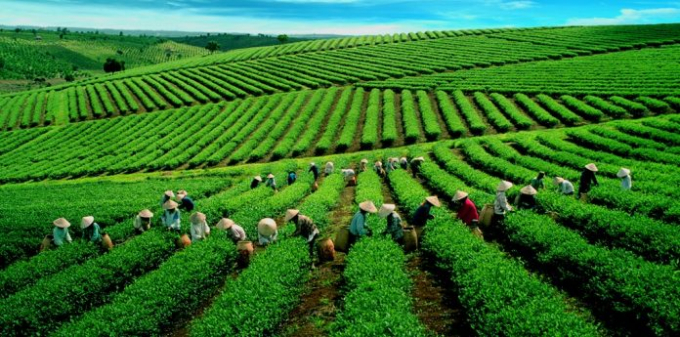
Tea production in Vietnam.
In December 2020, Vietnam’s tea exports fell month on month by 7.6% in volume to 11,214 tonnes and dropped by 10.9% in turnover, to US$17.7 million, according to the General Department of Vietnam Customs. In general, in 2020, tea exports witnessed a 1.8% decline in volume to reach 134,964 tonnes, and saw a 7.8% decrease in turnover to US$ 217,7 million compared to 2019.
Pakistan remained Vietnam's largest tea importer although tea exports to Pakistan decreased by 11.2% in volume to 43,357 tonnes and fell by 14.4% in turnover to US$82.59 million compared to 2019. As a result, Pakistan accounted for 32% of total tea exports’ volume and made up 37.9% of the total tea export turnover.
Taiwan was Vietnam’s second largest tea importer. In 2020, Taiwan imported about 17,290 tonnes of tea from Vietnam, worth US$26.68 million, representing nearly 13% of the total tea export volume and turnover. It meant an over 9.5% decrease in volume and 10.5% in turnover compared to 2019.
Russia came in the third place, importing 14,071 tonnes of tea from Vietnam, worth US$ 21.52 million, constituting over 10% of the total volume and total turnover. Specifically, the export volume was down by 7.1%, and the turnover went down by 3.9% year on year.
Other leading tea importing countries of Vietnam in 2020 were China (8,221 tonnes of tea, worth US$ 12 million), Indonesia (8,540 tonnes of tea, worth US$ 8.15 million), America (5,472 221 tonnes of tea, worth US$ 7 million); Iraq (3,943 221 tonnes of tea, worth US$ 5.6 million); India (4,471 tonnes of tea, worth US$ 5.3 million), Saudi Arabia (1,676 tonnes of tea, worth US$ 4.1 million) and Malaysia (3,997 tonnes of tea and US$ 3 million).
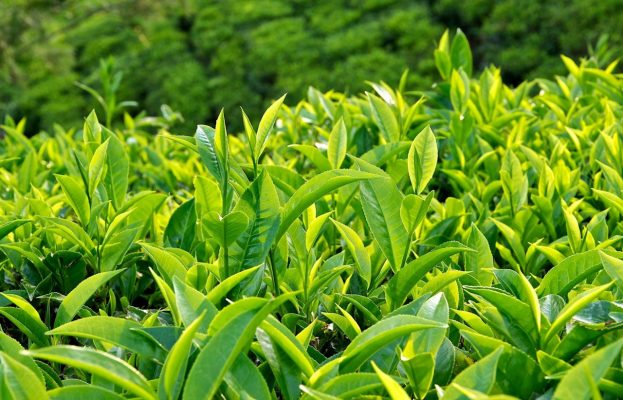
Vietnam's tea exports in 2020 decreased both in volume and value.
Among those, tea exports to India enjoyed an impressive growth. Its export volume witnessed a whopping 337% increase, and its turnover saw a staggering 272% rise year on year. This explained why India emerged in the top 10 largest tea importers of Vietnam for the first time.
India is the second largest tea producer in the world. However, the country’s tea output underwent a slump in 2020, which was attributed to floods in major tea producing states and Covid-19 pandemic.
In the first half of 2020, India's black tea output declined by 26.37% to stand at 348,260 tonnes, compared to the same period in 2019. Due to the dwindling supplies, India boosted tea imports from many countries, including Vietnam.
Translated by Thu Hang

(VAN) At Thaifex Anuga Asia 2025, Asia’s leading food and beverage trade show, more than 170 Vietnamese enterprises are participating, with Vinamilk having been a consistent presence for nearly 20 years.
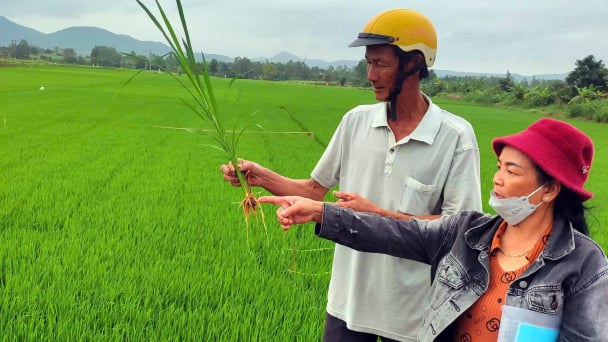
(VAN) On June 3, the Institute of Agricultural Environment organized a workshop titled 'Supporting greenhouse gas inventories in agriculture: Enhancing technical and governance insights for rice production in Vietnam'.
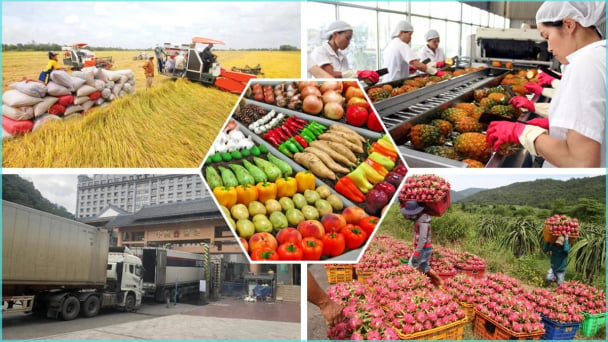
(VAN) In the first 5 months, the export turnover of agricultural, forestry, and fishery products rise significantly, thanks to a relatively stable domestic production and export market.

(VAN) Deposit Return System (DRS) created a natural cycle of responsibility, reinforced by social norms and practical necessity. Materials had value and returning them was second nature.

(VAN) According to the Norwegian Ambassador to Vietnam Hilde Solbakken, sorting waste at source and individual responsibility are key factors for sustainable waste management.
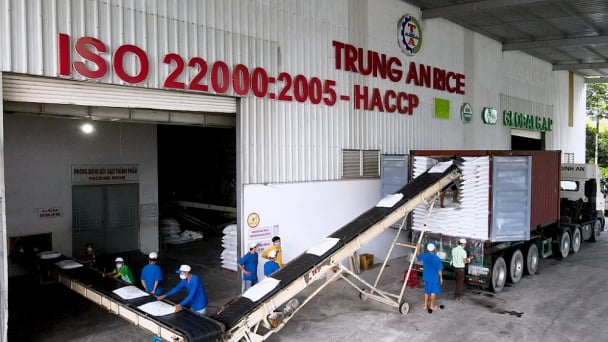
(VAN) On June 5, in Can Tho City, the Vietnam Rice Industry Association (VIETRISA) and Trung An Company will hold a ceremony to export the first shipment of 'Green and Low-Emission Vietnam Rice' to Japan.

(VAN) Minister Do Duc Duy believes this event will mark the start of a new chapter in deeper cooperation between Vietnam’s agricultural sector and the state of Iowa.